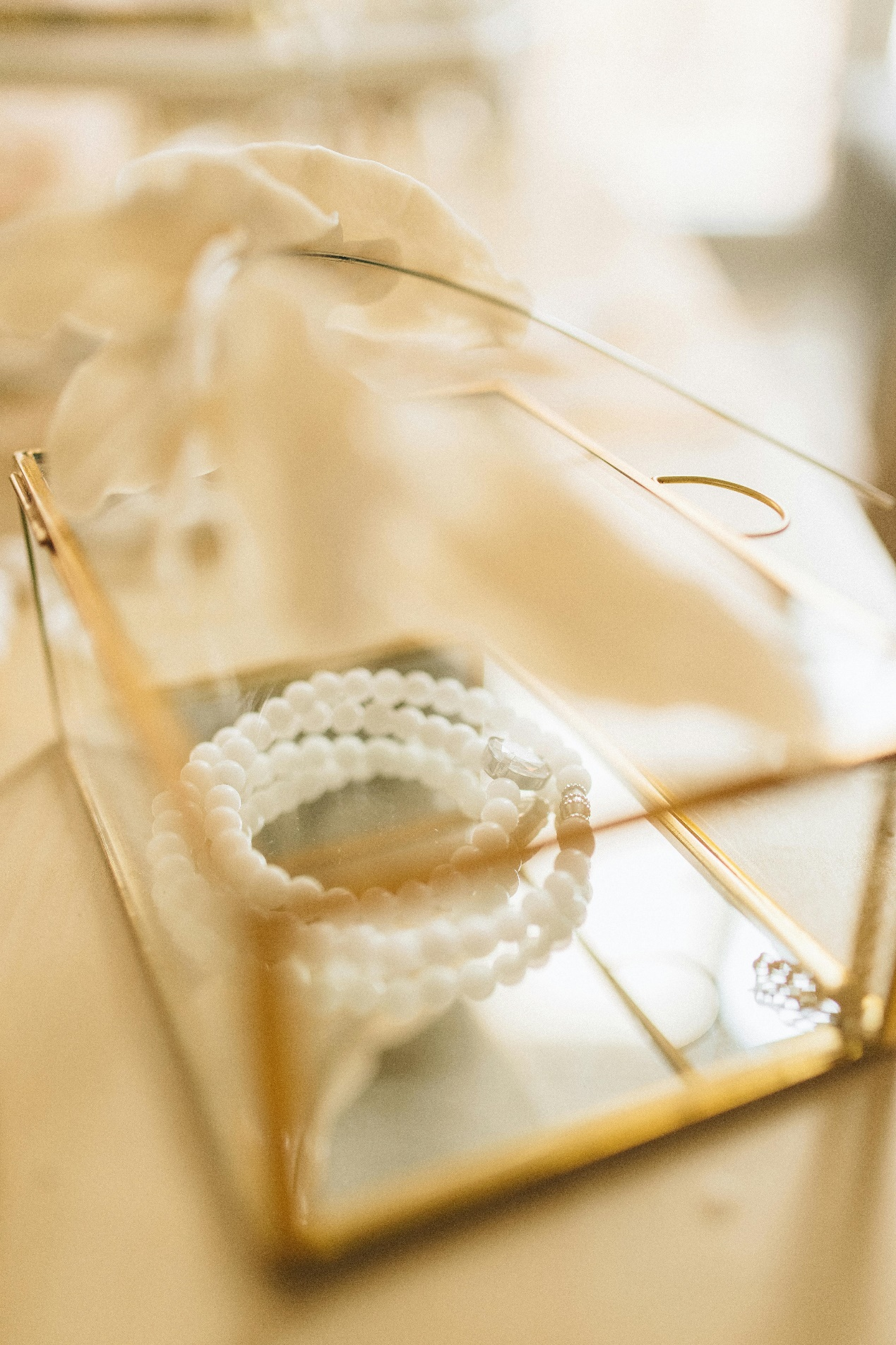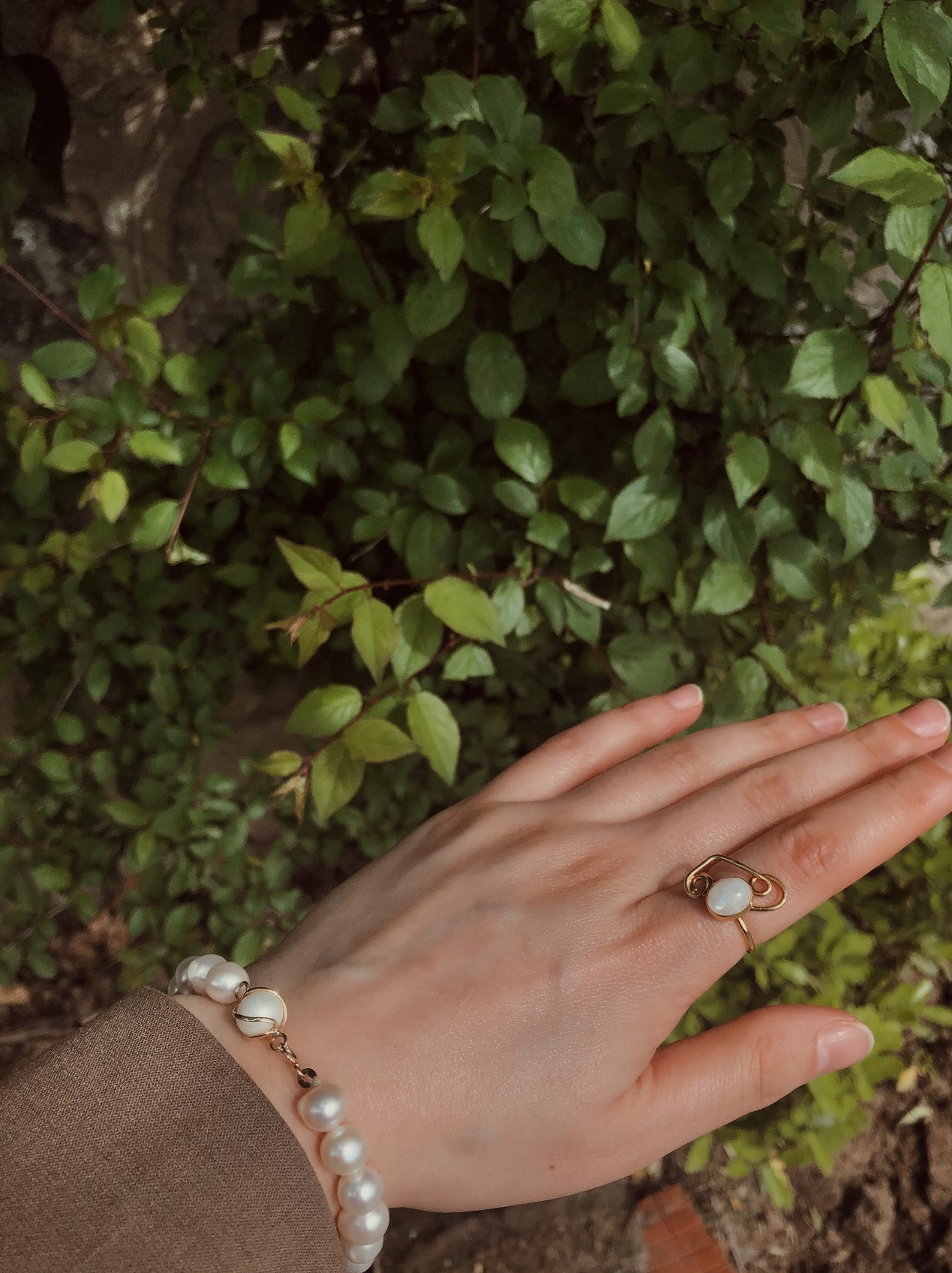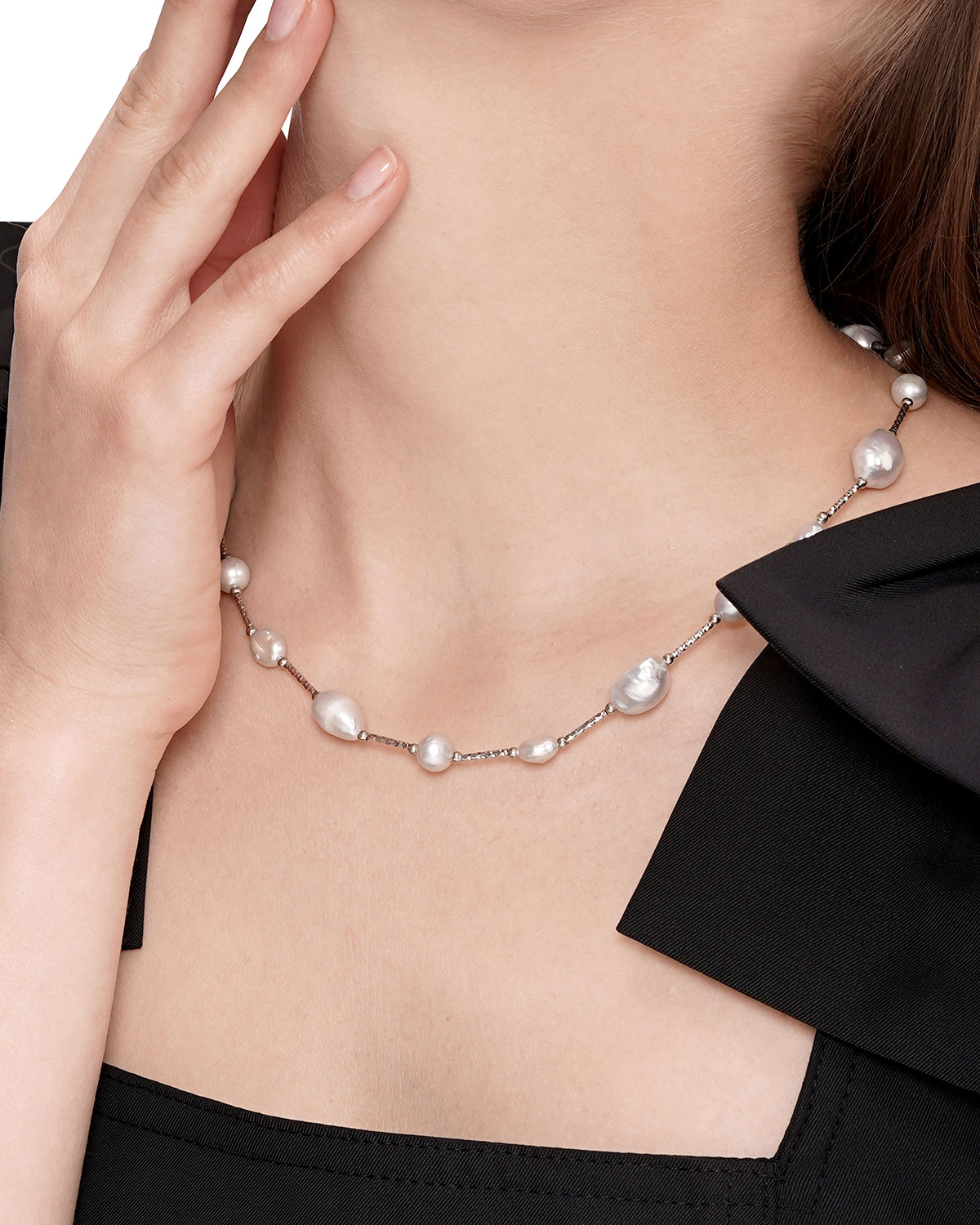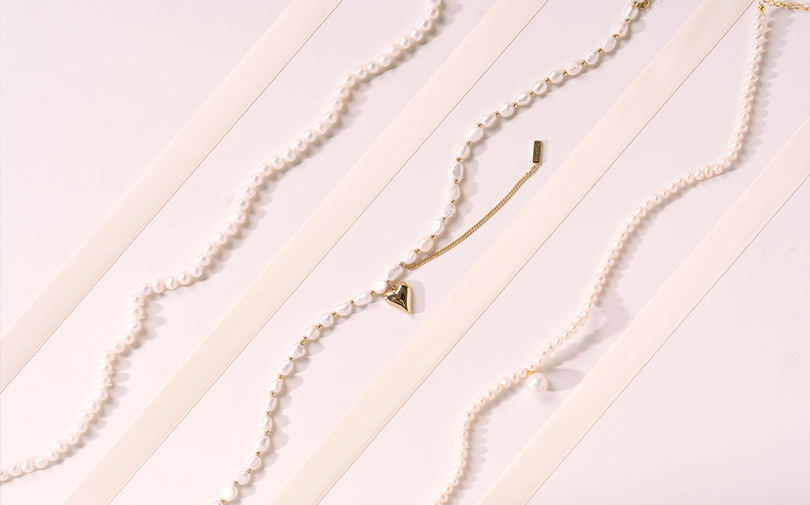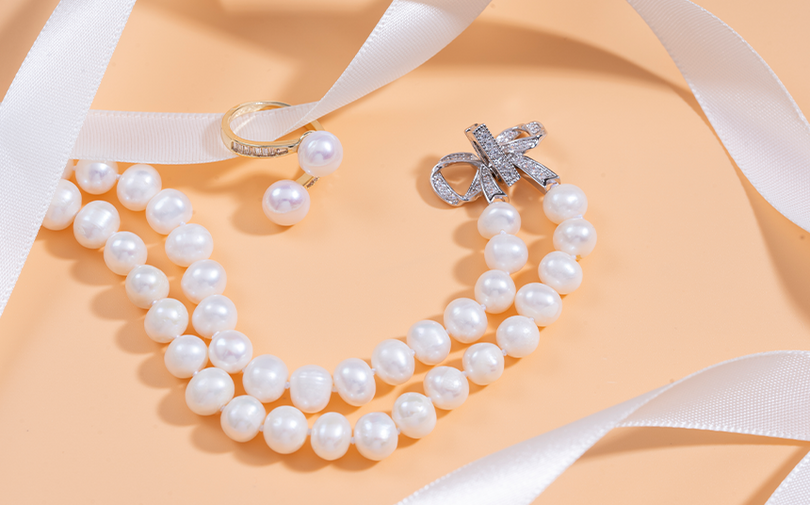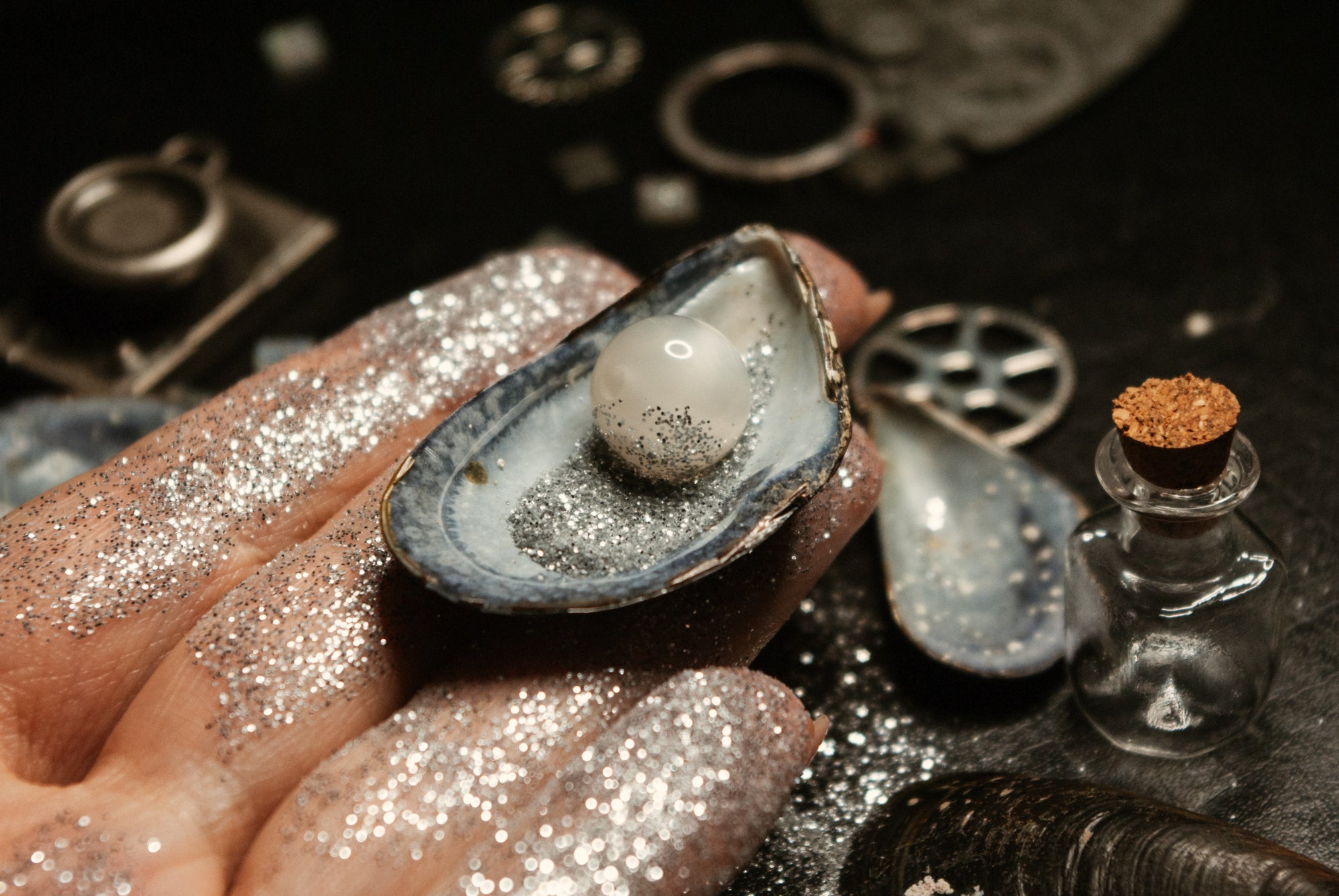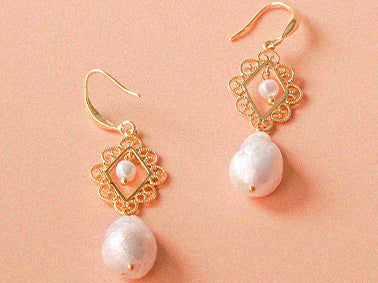Do you ever wonder about the color of pearls? Why are they colorful? Then come along and explore!
There are various reasons why pearls vary in color, which can be broadly categorized into a few:
When mussels sense foreign objects entering their bodies, they produce nacre to encase and defend themselves against these foreign objects. The internal structure of the pearl, however, consists of layers of thin, lamellar crystals, with air- or liquid-filled interstices between these crystals. When light passes through these crystals and is reflected and refracted in them, an interference effect of light occurs. Different wavelengths of light interfere with each other in different ways during the interference process, resulting in different colors. This explains why we can see the rich colors of pearls.
The trace elements are also very important in the formation of pearl color as well. In the process of secreting nacre, shellfish absorb trace elements from their surroundings and incorporate them into the nacre. Different trace elements give pearls different colors. For example, the presence of copper ions will give pearls a golden yellow color, while silver ions will give pearls a creamy yellow appearance. Differences in the type and concentration of trace elements can have a significant effect on the color of a pearl.
In addition, the environment of the waters also has some effect on the color of pearls. Factors such as temperature, light and chemical composition in the waters where shellfish grow can affect pigment deposition and crystalline growth during pearl formation. Pearls formed in different water environments will exhibit different colors. Pearls formed in cold water tend to appear light blue or light green, while pearls formed in warmer waters tend to be golden yellow or pink.
Although pearls can take on many colors, white pearls are the most common. This is because white pearls have relatively little organic material in their nacre, allowing light to travel freely between the crystals, producing a brighter white color. Other colors of pearls are often due to the presence of organic substances or trace elements in the nacre that allow light to be absorbed or scattered, giving them a different color.
The color of a pearl is determined by the interaction of several factors. Not only are they affected by the environment, but they can also change their own color due to artificial intervention, such as dyeing. In fact, whether they are pure white pearls, charming pink pearls or mysterious black pearls, they all show the beauty of pearls in their own unique way. They are born in nature as well as become nature. Each one of them is a unique and beautiful work of art. Let us appreciate and cherish these wonders and feel the treasures that nature has given us.
